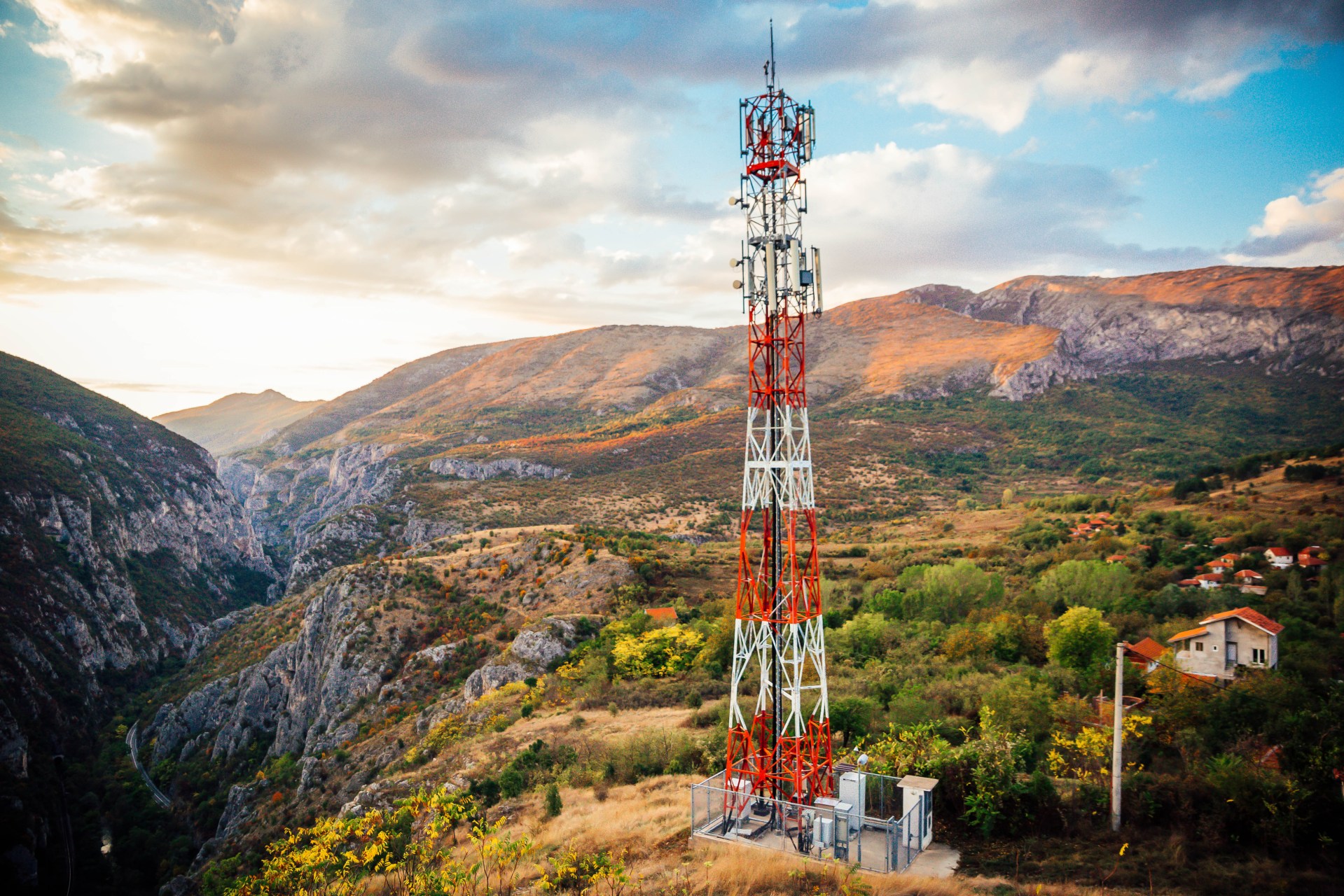
Edge processing is the strategy of processing data on-site rather than in a cloud. This means that data is usually processed at the edge of a network. Edge processing has been gaining a lot of popularity in recent years. Here is a quick guide to what you need to know about it.
Edge processing requires the use of edge devices and/or edge servers. Edge devices are simply devices with enough power to undertake some level of data processing themselves. Edge servers are local servers that are dedicated to serving one or more edge devices.
Technically, edge processing can be run without a network connection. Practically, there are two reasons why it is usually best to have network connectivity. Firstly, this makes it possible to monitor the edge devices remotely. Secondly, it allows the edge devices to send some data to the cloud.
In general, edge processing works best for light-touch processing. If a process requires more intensive resources, then the cloud is a better option. For example, managing climate control in real-time is a good (and common) use case for edge processing. Undertaking data analysis on energy usage to predict costs, by contrast, is likely to be a task for a cloud.
For clarity, edge processing is highly unlikely to take over completely from cloud processing. That would almost certainly be a massive step backward instead of forwards. Instead, edge processing is taking over some of the cloud’s workload.
This change brings two main benefits. Firstly, it frees up cloud resources for other purposes. Secondly, it reduces the quantity of data traffic to and from the cloud. It, therefore, clears space for data that really does need to go to the cloud.
Edge processing and the cloud are both forms of distributed computing. They just approach the concept of distribution from opposite directions. Edge computing is all about localizing first and centralizing second. Cloud computing treats its distributed endpoints as just being access points to a centralized data center.
This conceptual difference results in some fundamental differences in practical operations. Here is a quick guide to what you need to know.
Realistically, most companies will already be using a cloud and/or a data center. If they’re not, it’s usually very easy for them to get access to the necessary facilities. This means that, for practical purposes, the cloud is the default option for businesses. Edge processing has to make its case against it, not vice versa.
Implementing edge computing means investing in edge devices and possibly edge servers as well. Edge devices need more powerful hardware than cloud devices. This means that, on a like-for-like basis, they are more expensive. They are also likely to be bigger and/or heavier. This can make them more challenging to install.
This means that it’s probably only cost-effective to implement edge processing if one or more of the following apply. Firstly, you need (or want) the speed of processing locally. Secondly, you need (or want) to reduce your use of cloud processing. Thirdly, you need to be confident that you can do at least some processing without online connectivity.
Regardless of whether you use edge processing or the cloud, you will need to account for staffing costs. With edge processing, the main running cost is electricity. With cloud processing, the main running cost is the cost of your cloud processing.
Technically, cloud costs should include your internet connection but you probably have that anyway. It’s also worth noting that you’re probably going to need an internet connection for edge processing. Even if you process all your data on-site, you’ll still want to monitor the devices remotely.
At present, this is a clear win for the cloud. Cloud technology is now mature enough that it can be used by even the smallest of enterprises with no technical expertise at all. Equally, it can be used by enterprises with massively complex needs and wants and huge budgets.
Edge processing technology, by contrast, is still very much an emerging technology. As such, it’s suffering from the usual growing pains of maturing technologies. In particular, there is a noticeable absence of standardization. This is almost certain to be addressed eventually. Currently, however, it can create significant management headaches.
Using edge processing limits the amount of data in any one place. It does, however, create the problem of securing multiple devices in multiple locations. Using a centralized data center places all your data in a single location. This creates a single point of attack but it also creates a single point of defense.
Related Resources:
What Is Edge Computing?
The Ultimate Guide to Hybrid Cloud
What Is IaaS? A Data Center In The Cloud Packed With Services
What Is PaaS Used For?
Implementing DDoS Attack Mitigation: Key Considerations for Robust Protection
What You Need to Know About Cloud for Healthcare: Transforming the Industry
DDoS Protection: Safeguarding Your Online Presence


Discover the DataBank Difference today:
Hybrid infrastructure solutions with boundless edge reach and a human touch.